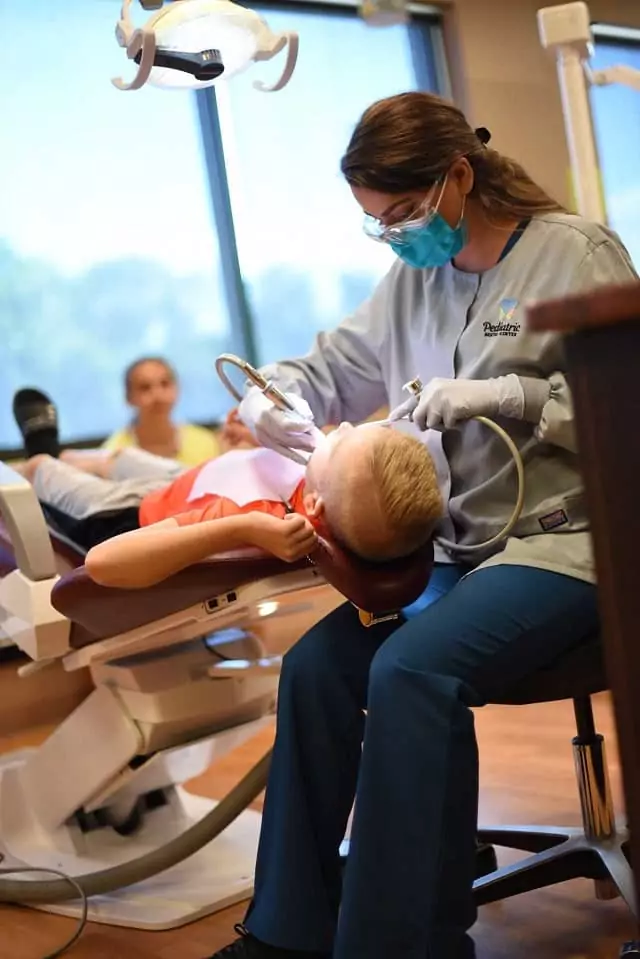 Taking your child to the dentist can be a daunting experience, especially if they have anxiety or fear associated with dental procedures. However, it’s important to prioritize your child’s oral health, and sedation dentistry can help make the experience more comfortable and less stressful. In this blog post, we’ll explore the different types of sedation dentistry available for children, their safety and effectiveness, and what to expect on the day of the procedure.
Taking your child to the dentist can be a daunting experience, especially if they have anxiety or fear associated with dental procedures. However, it’s important to prioritize your child’s oral health, and sedation dentistry can help make the experience more comfortable and less stressful. In this blog post, we’ll explore the different types of sedation dentistry available for children, their safety and effectiveness, and what to expect on the day of the procedure.
Types of Sedation:
There are several types of sedation that can be administered to children during dental procedures. Nitrous oxide or “laughing gas” is often used for children as it can help them relax and reduces anxiety. This type of sedation is administered via a mask that is placed over the nose and removed once the procedure is complete.
Another type of sedation is oral sedation, which involves giving the child medication such as Valium or Xanax before the procedure. This sedation method is particularly useful for children who have difficulty sitting still during the procedure or have a strong gag reflex. A third type of sedation is IV sedation, which is administered through a vein in the child’s arm or hand. This method is best for procedures that are more complex and longer-lasting.
Safety and Effectiveness:
Sedation dentistry is safe for children if administered by a qualified dentist or oral surgeon. Dentists who perform sedation procedures should have specialized training and accreditation, as well as the necessary equipment to monitor a child’s vital signs during the procedure. It’s also important to follow pre- and post-procedure instructions carefully to minimize risks.
In terms of effectiveness, sedation dentistry has been shown to be highly effective in reducing anxiety and improving the overall dental experience for children. It can also help to improve cooperation and ensure that the child stays still during the procedure, which is crucial for the dentist to perform the necessary work.
What to Expect:
The exact procedure for sedation dentistry will depend on the type of sedation used and the procedure being performed. However, there are a few things that parents and caregivers can expect on the day of the procedure.
Before the procedure, the dentist will review the child’s medical history and may ask about any medications they are taking. If oral sedation is being used, the child will need to take the medication about an hour before the procedure. For IV sedation, the child will need to fast for several hours before the procedure.
During the procedure, the dentist will monitor the child’s vital signs and administer sedation as needed. After the procedure, the child will need to be monitored as they recover from the sedation and may experience some grogginess or drowsiness.
Children’s sedation dentistry can help alleviate anxiety and make dental procedures more comfortable and less stressful for both the child and the parent. With the right precautions and a qualified dentist, sedation dentistry is a safe and effective way to ensure that your child’s oral health is properly cared for. If you have concerns about your child’s dental procedures, speak to your dentist about the possibility of sedation dentistry.
5495 N Bend Rd Ste 102
Burlington, Kentucky 41005
Phone: 859-534-5640220 Thomas More Pkwy
Crestview Hills, KY 41017
Phone: 859-341-3012418 Cross Roads Blvd
Cold Spring, KY 41076
Phone: 859-341-3012
